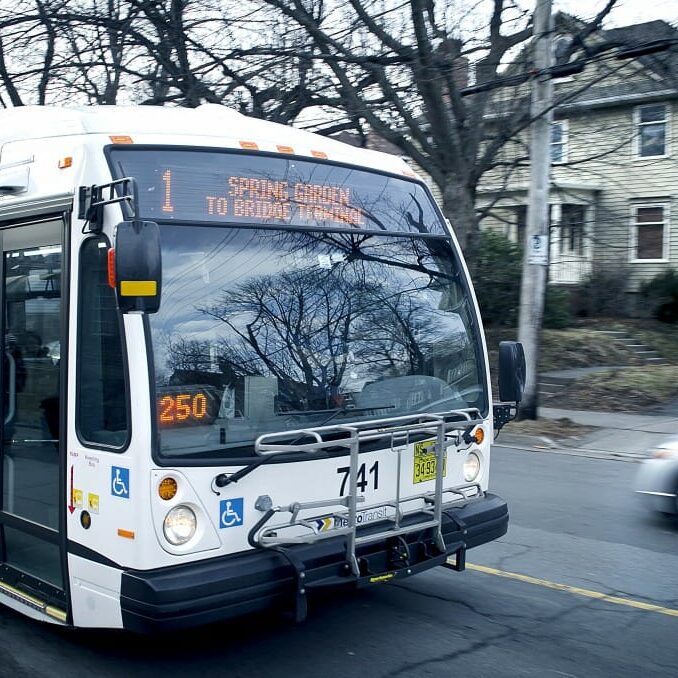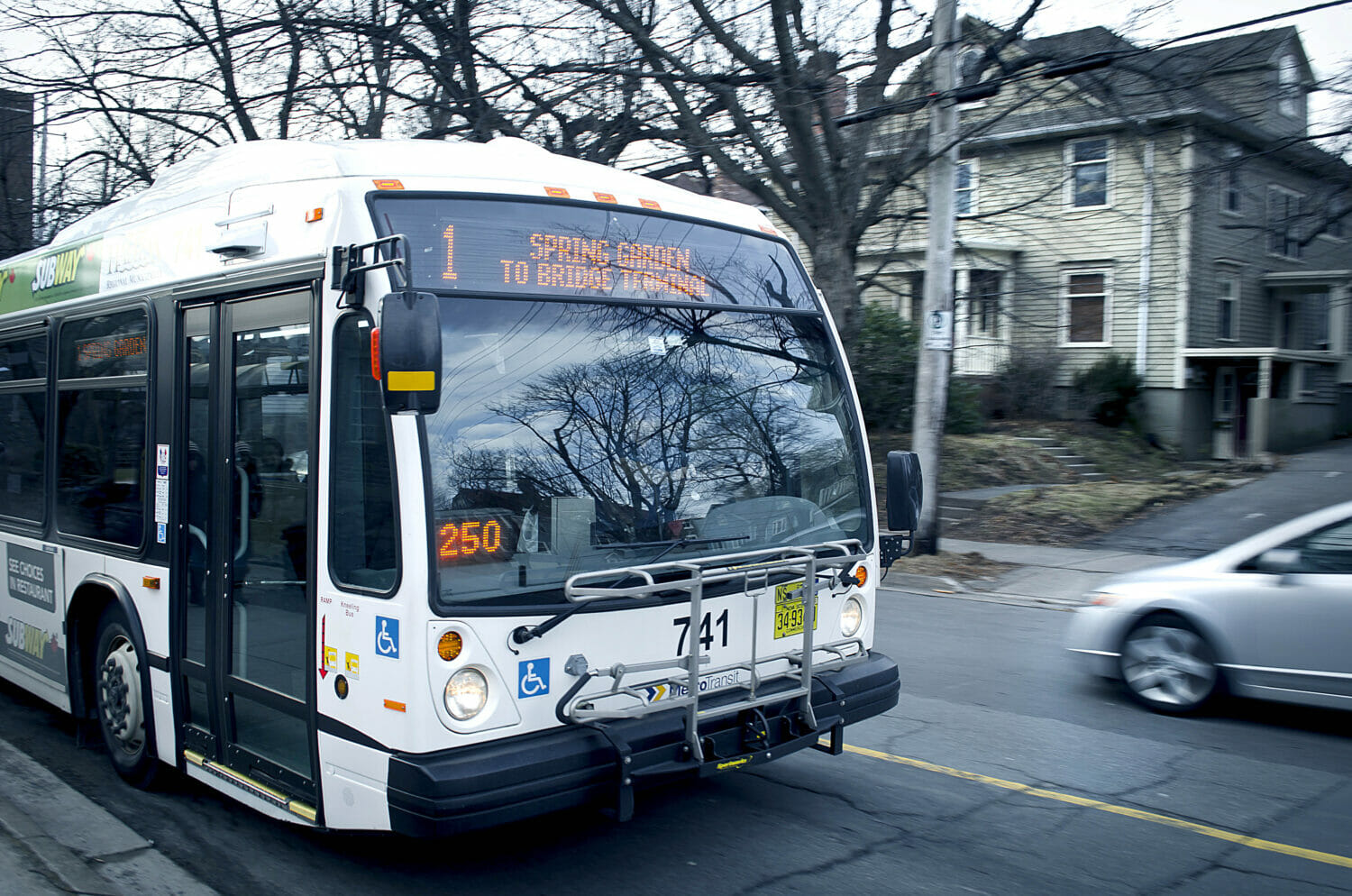
I waited an entire day for the bus to show up. Okay, 24 hours may be an exaggeration, but seriously, that’s exactly what it felt like. We’ve all been there. We wait. We wait some more. Sometimes we even wait a little more. And then the bus finally decides to show up, almost as if timing is arbitrary. Whether it’s a beautiful summer day or the heavens are unleashing a colossal amount of snow, public transportation never seems to run in a predictable and timely manner. The HRM’s public transportation system is simply not up to par. The question I seek to answer is why.
When a system that is supposed to be both efficient and reliable fails to be, those who depend on it are faced with a tremendous problem, which our municipal bureaucracy has been incompetent in dealing with. For most urban centers within developed states of the global north, ensuring that its population has a dependable transportation system is at the top of the political docket. The HRM, on the other hand, has apparently failed to prioritize something essential to the lives of its residents. In order to determine why this is the case—without getting bogged down in too much political jargon—it is important to take an objective look at how many buses our city has, and how that relates to the size of the population.
The HRM’s urban core covers exactly 262.65 square kilometers, and according to Metro Transit, there are 315 buses serving the population within that region. Doing the simple math leaves us with approximately 1.2 buses for every square kilometer of the urban core. At first glance, that may seem like a reasonable figure. However, upon further investigation, a glaring disparity between the size of the population and the bus fleet becomes obvious. According to figures presented by the Nova Scotia Department of Finance Community Counts, residents aged 15 to 59 years are the largest percentage of bus users. That leaves us with 270,000 people between 15 and 59 years of age, which comes to approximately 67 per cent of the total population.
High urban density reduces the need for automotive transport, instead encouraging residents to use more sustainable modes of transportation. Urban density in the core of Halifax is 1,077 people per square kilometer. And since approximately 67 per cent of the population uses public transit, that leaves us with approximately 721 people who use the buses for every 1,077 people in any given square kilometer. Therefore, for every 721 Haligonians, there are 1.2 buses. Although this may not be an exact science, based on the inefficient and unreliable nature of the bus system in Halifax, it is clear that 315 buses is an insufficient amount for a city of its size.
Regardless of how our elected representatives decide to proceed with this matter, the facts are straightforward. We need more buses, or less people. The latter is substantially harder to accomplish. However, there are still ways to reconcile the disparity between the size of our bus fleet and the population it services. For starters, the few buses that we do have need to maintain a reliable schedule. I can’t tell you how many times I have witnessed multiple buses show up at the same stop at the exact same time. How does that even happen? Are the drivers secretly meeting up for tea and biscuits?
It is obvious that Halifax needs more buses than it has to serve its growing population. According to the Nova Scotia Department of Finance Community Counts, 72 per cent of Halifax Regional Municipality’s population is under the age of 40. With a young population that is increasingly aware of its ecological footprint, it is essential that our city invest in its rather outdated transportation system. If not, I’m afraid draconian measures may need to be taken in the near future. Although improving our transit system will create a substantial financial burden, it’s a problem we cannot afford to ignore.







